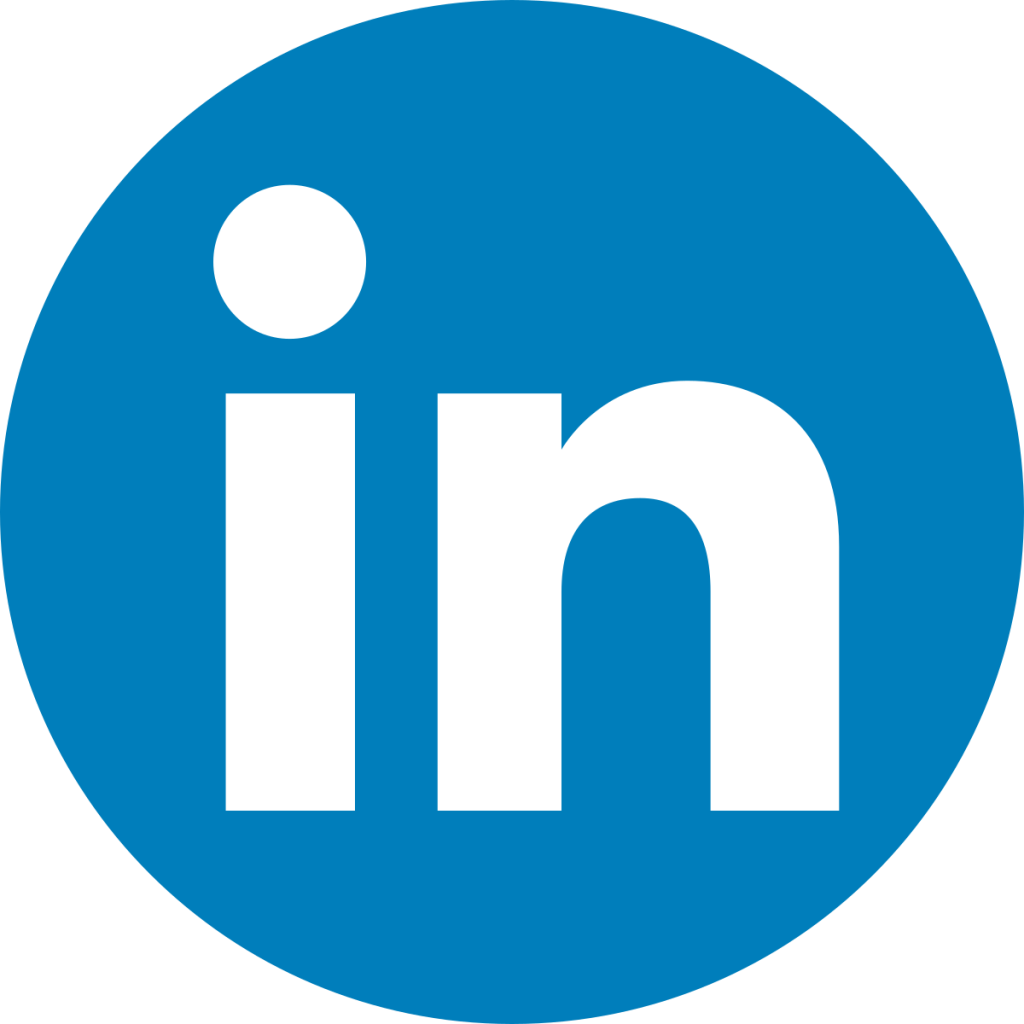Your company might already have a wellness program, but does it actually reduce your healthcare costs? Incentivizing biometric assessments and tobacco cessation are great, but a more comprehensive population health management system might offer a better return on investment. In the following, we explain the basics of population health management and how it could reduce your company’s healthcare costs.
Does Your Employee Wellness Program Save You Money?
Employee wellness programs are a multi-billion-dollar industry. In 2013, the RAND Corporation published a study assessing employer wellness programs. Remarkably, in its survey, RAND discovered that while most U.S. employers offer some sort of wellness program, almost none of these companies actively assess their program’s impact on employee health.
In this study and follow-up research, RAND identifies two primary functions for workplace wellness programs:
- Lifestyle management: Programs that incentivize smoking cessation, weight loss, and the reduction of other chronic disease risk factors
- Disease management: Programs that help workers with chronic disease diagnoses to manage and control their conditions (such as programs that identify treatment gaps and encourage consistent medication use)
While lifestyle management plays an important role in reducing long-term risk factors, it takes time for smoking, obesity, and high blood pressure to cause cancer, heart disease, or breathing problems. For this reason, RAND estimates that lifestyle management programs only deliver short-term ROI of $0.50 for each dollar spent. (Their long-term ROI might be significantly higher if you have high employee retention rates.)
In comparison, disease management programs offered a short-term ROI of $3.80 for each dollar spent. Because these programs focus on controlling existing diseases in your workplace population, they are more successful at reducing costly hospitalizations and intensive medical treatment.
If you’re spending a sizeable portion of your healthcare budget on wellness programs, it’s in your best interest to do a detailed cost-benefit analysis. You might be investing your resources in ineffective programs that do not adequately target your employees’ needs.
Population Health Management: A New Approach to Employee Wellness
Population health management is an increasingly popular approach to healthcare. Employers and healthcare organizations use employees’ health data to identify at-risk individuals, craft healthcare best practices, and actively engage employees in their health outcomes. As American healthcare costs skyrocket, they also view it as a way to control costs and improve quality of care.
Your company probably offers incentives for biometric testing already. However, your employees might view these assessments as intrusive and pointless. Studies show less than 50% of all employees participate in health risk assessments, even if they are financially incentivized.
In a population health management system, your employees’ health data is the foundation for their medical treatment. Doctors use health information to identify risk factors and build treatment plans that focus on both lifestyle and disease management. Because this data helps improve their health outcomes, employees are more likely to participate in assessments and biometric testing.
For example, suppose an employee is a Type 2 diabetic. His population health care plan would identify health and personal factors (such as high blood pressure and poor control of blood glucose levels) that would put him at risk for diabetic complications. Then, his primary care physician would coordinate care, monitor his compliance with a diabetic diet and exercise recommendations, and how to gauge how frequently he gets preventive care. Along with reminders from his providers and healthcare organizations, the employee might be connected with peer mentors and community resources that encourage him to remain focused on his medical care and lifestyle modifications. When properly implemented, this system might lead to better control of his diabetes, reduce his overall health expenses, and improve his workplace productivity.
How Can I Implement Population Health Management at My Company?
First, you should assess your company’s commitment to wellness and the strength of its current wellness programs:
- Do your top executives understand the importance of preventive care and its impact on healthcare costs?
- Is health an organizational priority or an afterthought?
- Do your employees have convenient and accessible healthcare options?
- Do they understand why you value their health and wellness?
- Do your employees actually use their current health plans and programs?
Next, review your existing health plans and partners. Population health management systems view your employees’ primary care physicians as the CEO of their healthcare, so you need health plans that empower primary care doctors and give them access to well-coordinated teams of specialists, hospitals, and other providers. Your healthcare partners should also be committed to increasing access to care, removing barriers that impact your employees’ health, and building their healthcare literacy. If your existing plans do not meet these criteria, it might be time to consider Canopy Health’s refreshing clear, human approach to healthcare.
Finally, create a communication plan that engages your employees. No matter how good your healthcare benefits, they’re worthless unless your employees understand and use them. You and your healthcare partners might work together to create brochures, presentations, and outreach events that speak to your workplace population.
References:
Do workplace wellness programs save employers money? (2014). RAND Corporation. Retrieved from https://www.rand.org/content/dam/rand/pubs/research_briefs/RB9700/RB9744/RAND_RB9744.pdf
Mattke, S., Liu, H., Caloyeras, J., Huang, C., Van Busum, K., Khodyakov, D., Shier, V. (2013). Workplace wellness programs study: final report. RAND Corporation. Retrieved from https://www.rand.org/pubs/research_reports/RR254.html




